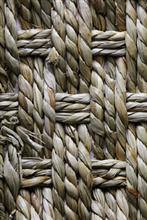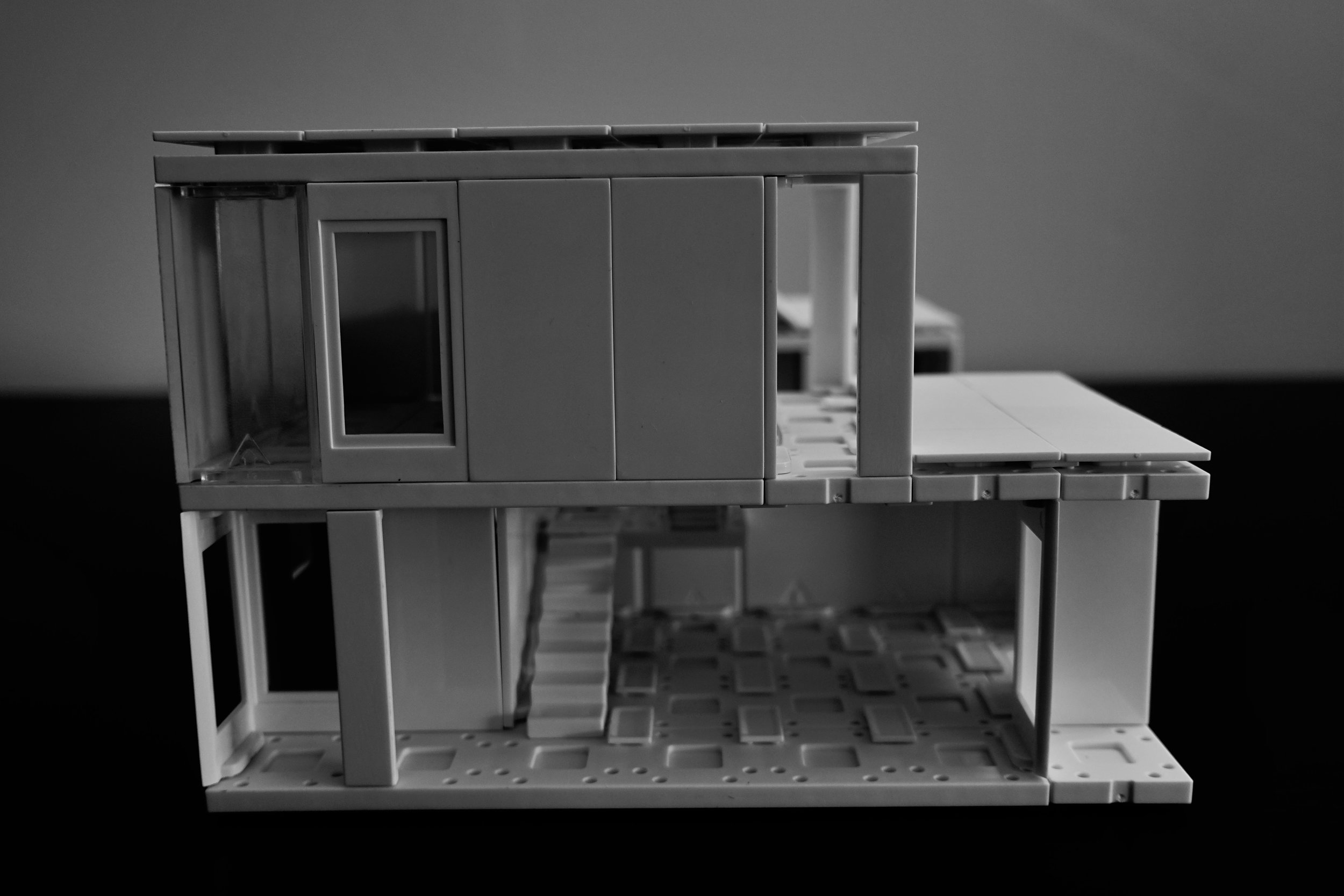ARCKIT Model 11
Featuring Danielle Waters
"In the 21st century, I think the heroes will be the people who will improve the quality of life, fight poverty and introduce more sustainability." - Bertrand Piccard
Project Details
With the design lead by Danielle Waters, I pushed her to think about a hyper efficient home for her second model. We began by going over a central core that would contain all of the energy systems needed to run the house. We went over relationships between the central core and how it dictates the programing of a green home. When designing towards net zero structures there are restrictions for the relative freedom of design, as the programming and placement of rooms/utilities in relation to the central core is very important. The core needs to be in close proximity to the bathroom and kitchen to allow for material efficiently when planning the piping and ductwork. As indicated in the diagram below, the central core is filled in green.
I introduced her to the concept of a butterfly roof, made up of two inward sloping gables, which guide the collection of water toward a single point for storage. We went over the many advantages and disadvantages of employing this roof system and worked on our floorplan, dividing up our space as efficiently as possible around the core. Our butterfly roof design covers half of our house and provides three unique functions.
Butterfly South View
Butterfly North View
Allows for rainwater collection to funnel towards one side of the house directly into our central core for storage, grey water use and crop irrigation.
Allows our kitchen/dining room to have 12' floor-to-ceiling glazing, blocking direct sunlight during the hottest hours of the day while still allowing a tremendous amount of passive lighting.
Allows the ability to mount PV panels, above the core, on the smaller wing facing directly south where direct sunlight would shine.
Looking at the floorplan above we have a strong sense of open vs. closed and public vs. private space. The left side of the images represent the southward direction. Walking through the main south entrance there is a direct linear path to the north entrance. This creates a powerful circulation axis that allows the home to passively air out in cooling. The bottom floor consists of a single, public multipurpose space on the south side containing the kitchen, living and dining rooms. A multi-directional closet allows for both a public and private access for the shared space. Bedroom A and the bathroom hug the north wall. Upstairs is a lofted Bedroom B as well as roof access to the habitable greenspace.
Kitchen and dining room view.
View of the central corridor.
View of the living room and stairs to loft.
View of lofted Bedroom B and entrance to greenspace.
As I am gearing this project towards designing completely Net Zero buildings, I asked Danielle to research possible Cradle to Cradle certified materials to use for flooring. As students of the University of Maryland, we have access to New York's Material ConnecXion Library to view and acquire specifications on sustainable materials. She picked out a Finnish spruce wood called "ThermoWood" (MC# 7023-01) and an American carpet material made from natural seagrass fibers (MC# 5155-05). Both of these materials are offered in a variety of colors and are either fully recyclable or biodegradable.
Overall, this house would be ideal for a couple or a small family. With a program revolving directly around the central core, this home is highly efficient and self sustaining. The home has a unique balance of space, several innovative ideas and a value for sustainability making it one of the most thought of models I've built thus far.
Photo Gallery
Video Documentation
Notes
Danielle Waters is a full time student at the University of Maryland. She has achieved an AA and is currently a senior pursuing a Bachelors of Architecture. Her career interests are in environmental sustainability, historical preservation and residential design.
If you have any questions, suggestions or comments, we would love to hear from you in the comments section below or through email at rikysongsu@gmail.com.
For more information regarding Arckit visit www.arckit.com or www.rikysongsu.com/arckit.
Thank you!























